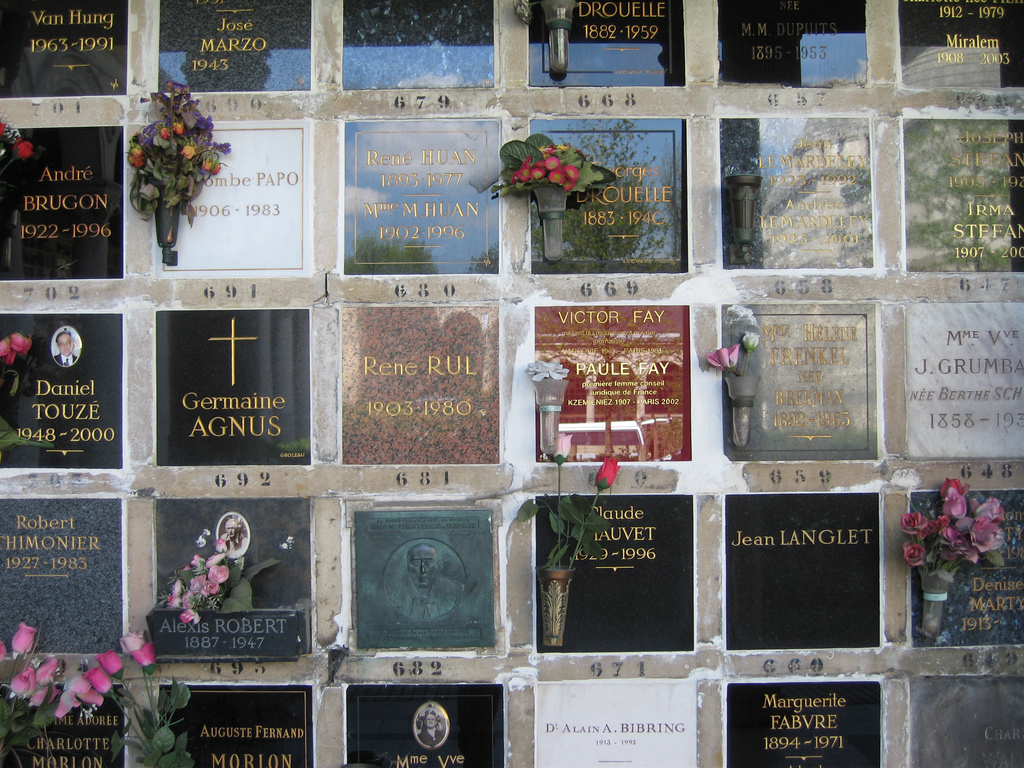An Instruction of the Congregation for the Doctrine of the Faith regarding burial of the dead and conservation of ashes in case of cremation, entitled Ad resurgendum cum Christo was presented today in the Holy See Press Office, by Cardinal Gerhard Müller, Prefect of the Congregation for the Doctrine of the Faith; its Consultor Father Angel Rodriguez Luno and Father Serge Thomas Bonino, O.P. Secretary of the International Theological Commission.
Cardinal Müller said that, because cremation is becoming more widespread, it will be considered as an ordinary practice. This development, he noted, is accompanied by another phenomenon: “the conservation of the ashes in a domestic environment, their conservation in commemorative memory or their dispersion in nature.”
Therefore, the specific issue of this document refers to the conservation of the ashes, without forgetting that “the Church earnestly recommends that the pious custom be kept of burying the bodies of the deceased,” although cremation “is not prohibited unless it was chosen for reasons contrary to Christian Doctrine.”
In fact, a canonical normative on the preservation of the ashes did not exist; therefore, some Episcopal Conferences requested the Congregation for the Doctrine of the Faith for guidelines on how and where the funerary urn should be kept, he said.
Cardinal Müller reiterated: “the Church continues to recommend insistently that the bodies of the deceased be buried in a cemetery or other sacred place.” Moreover, burial “is the most fitting way to express faith and hope in bodily resurrection.”
He acknowledged that there can be legitimate reasons to choose cremation, but the ashes must normally be kept in a sacred place, namely, in a cemetery or sacred place; it is necessary to avoid pantheistic or naturalistic ambiguities; therefore, the dispersion of ashes in the air, on the earth, in water or other way, or to convert the ashes into commemorative memories is not permitted.”
With this new Instruction, noted the Cardinal, we wish to contribute “so that Christian faithful have an ulterior awareness of their dignity.” He concluded by reminding that it is necessary to “evangelize the meaning of death in the light of faith in the Risen Christ.”
Responding to ZENIT, Father Bonino pointed out that the process of cremation is not natural as burial is, because technology intervenes. “It is a process in which man attempts to have control over life and death.” It has something of the brutal, because it destroys the body immediately without giving close individuals the possibility of engaging in the process of acceptance over time, as in a sort of privatization of death.
Father Bonino also pointed out that in the newly published Instruction, the first part on the burial of the deceased must not be forgotten and that the intention was to “reiterate the doctrinal and pastoral reasons for preferring the burial of bodies,” which the Church “recommends insistently.”
Father Rodriguez Luno added that the document reflects the Church’s care so that the bodies of the faithful deceased “inspire respect and charity and can express appropriately the Christian meaning of death and hope in the resurrection of the body.”

Wikimedia
Church Clarifies Teaching on Cremation
Emphasizes that ashes should be put in a sacred place, not transformed into jewelry or other commemorative memorabilia


